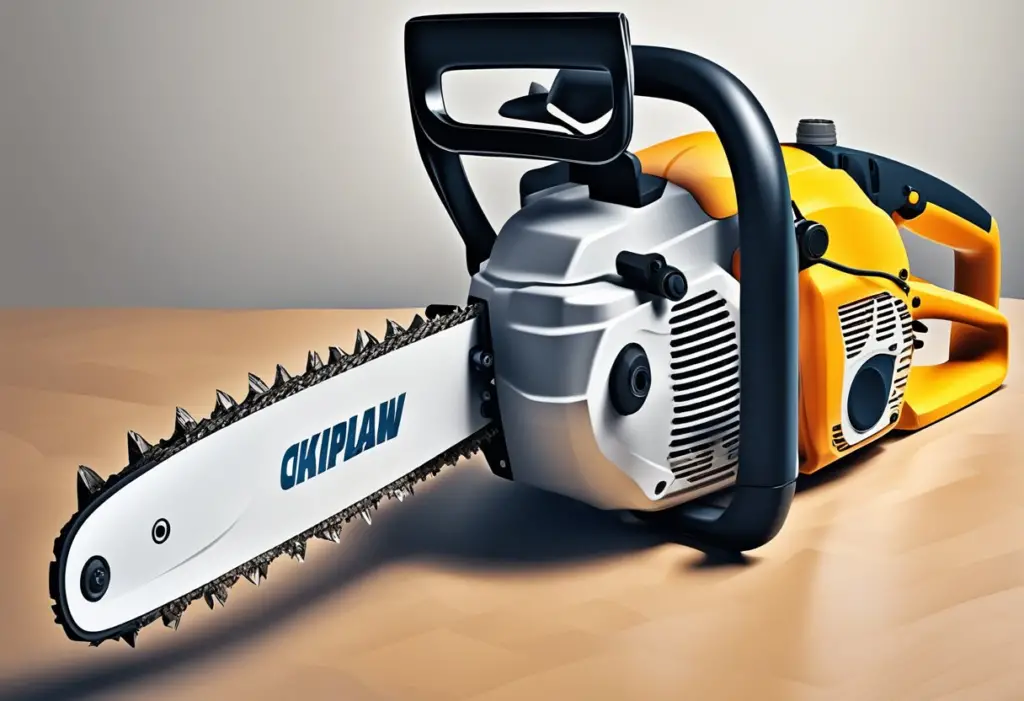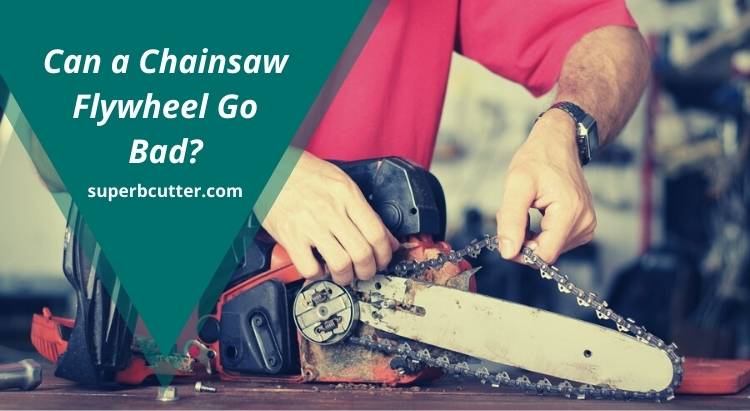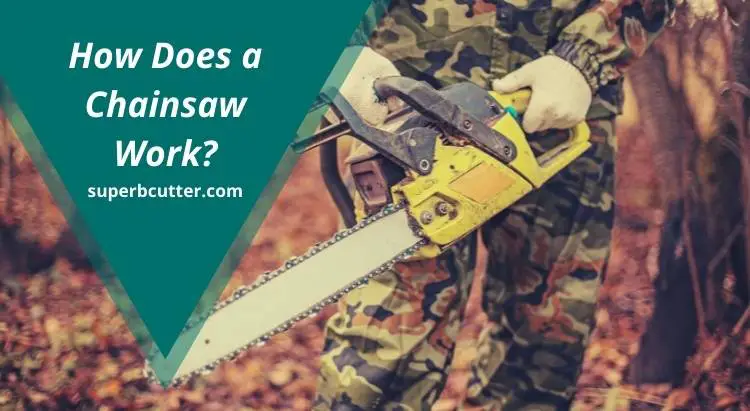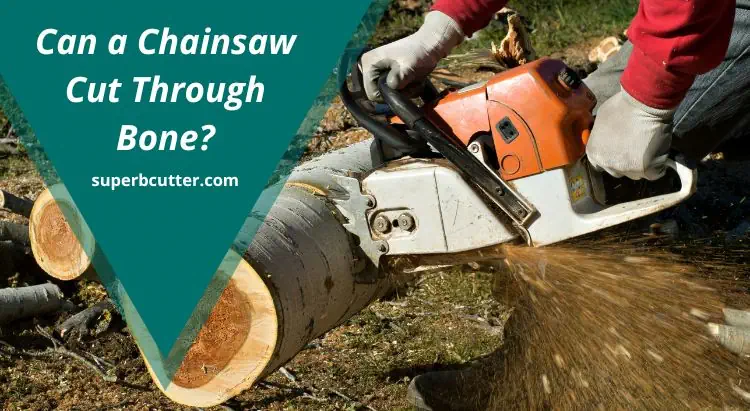How Many Decibels is a Chainsaw
Imagine the sound of a roaring chainsaw filling your ears, drowning out all other nearby noise. It’s a sound that’s hard to ignore and even harder to forget. But have you ever wondered just How Many Decibels is a Chainsaw?
On average, a chainsaw produces sound in the range of 105-120 decibels (dB). To put this into perspective, normal conversation is around 50-65 dB, while a rock concert can be as loud as 110-140 dB.
Exposure to noise levels of 115 dB or higher can cause pain and hearing loss almost instantly if proper hearing protection is not worn. It is important to note that electric chainsaws produce less noise than gas chainsaws.
In this article, we will discuss the noise level produced by a typical working chainsaw and its contribution to hearing damage. We will discuss a lot of things that you may not be familiar with, so be sure to grab a cup of coffee and keep on reading!

Key Takeaways
- A typical chainsaw produces sound in the range of 105-120 decibels (dB).
- Exposure to sound level of 115 dB or higher can cause pain and damage to the ears almost instantly if proper hearing protection is not worn.
- To protect your hearing, wear earplugs or earmuffs when operating a chainsaw, and consider using a muffler or a chainsaw with a low noise level.
Understanding Decibels
When measuring sound levels, decibels (dB) are the unit of choice. Decibels describe the intensity and loudness of sound waves and how loud the human ear perceives them. The decibel scale is logarithmic, which means that every increase of 10 dB represents a tenfold increase in sound intensity.
For reference, a normal conversation is typically around 60 dB, while a chainsaw can produce noise levels up to 120 dB. Gas chainsaws tend to be louder than a cordless electric chainsaw, with some models producing noise levels up to 130 dB.
Exposure to loud noise levels can cause hearing damage over time. Prolonged exposure to noise levels above 85 dB can cause permanent hearing loss. It’s important to wear hearing protection when using a chainsaw or other loud equipment to prevent hearing damage.
It’s worth noting that noise levels can vary depending on the make and model of the chainsaw, as well as the specific task being performed. Regular maintenance and proper chainsaw use can also help reduce noise levels.
Impact of Chainsaw Noise on Hearing
Chainsaws are a standard power tool used in many industries, including logging, construction, and landscaping. However, the noise generated by chainsaws can hurt human hearing. Exposure to loud noise can cause temporary or permanent hearing loss, as well as other hearing-related issues such as tinnitus.
The average noise level for many chainsaws is about 106 dB, significantly higher than the recommended safe exposure limit of 85 dB. Prolonged exposure to noise levels above 85 dB can cause damage to the hair cells in the inner ear, which can lead to permanent hearing loss.
Modern ear muffs and earplugs can provide some protection against chainsaw noise. However, it is essential to note that they do not eliminate the risk of hearing damage. Studies have shown that even with the use of ear plugs, a chainsaw operator is still at risk of developing hearing damage.
It is important to take precautions to protect your hearing when working with chainsaws. This includes wearing appropriate hearing protection, taking regular breaks to rest your ears, and limiting exposure to loud noise whenever possible. Additionally, it is recommended to have your hearing tested regularly to monitor for any signs of hearing damage.
Chainsaw Noise Production and Reduction
To reduce the amount of noise produced by a chainsaw, you can use a muffler. A muffler is a device that reduces the amount of noise produced by the chainsaw by redirecting the exhaust gases through a series of chambers. This helps to reduce the perceived noise level to below 80 dB.
Another way to reduce the noise a chainsaw produces is to use earplugs or earmuffs. Earplugs can reduce the perceived noise level by up to 30 dB, while earmuffs can reduce the perceived noise level by up to 35 dB.
In addition to noise, chainsaws produce vibrations that can harm your hands and arms. To reduce the amount of vibrations produced by a chainsaw, you can ensure the chainsaw chain is adequately lubricated. This will help to reduce the amount of friction between the chain and the bar, which in turn will reduce the amount of vibrations produced by the chainsaw.
Other factors affecting the amount of vibrations a chainsaw produces include the oil flow, air filter, carburetor, and baffle. By correctly maintaining these components, you can help to reduce the amount of vibrations produced by the chainsaw.
It is important to note that chainsaws can be hazardous tools if improperly used. Always wear appropriate safety gear, including eye protection, gloves, and a hard hat. Make sure that the chainsaw is properly maintained and that the chain is sharp. Only use the chainsaw during the cutting season, and never use it in wet or icy conditions.
Protective Measures Against Chainsaw Noise
As an individual operating a chainsaw, it is essential to take protective measures against chainsaw noise to prevent hearing loss.
One of the most effective protective measures against chainsaw noise is wearing ear protection. Earmuffs and earplugs are two common forms of ear protection that can significantly reduce the amount of noise you are exposed to while operating a chainsaw.
Earmuffs are designed to cover the entire ear and provide a higher level of protection than earplugs. Earplugs, on the other hand, are inserted into the ear canal and can be more comfortable for extended periods of use.
It is important to note that not all ear protection is created equal. Make sure to select ear protection that is specifically designed for use with chainsaws and that meets the appropriate safety standards. Look for ear protection with a Noise Reduction Rating (NRR) of at least 20dB, providing adequate protection against chainsaw noise.

In addition to ear protection, wearing appropriate protective gear can also help reduce the amount of noise you are exposed to while operating a chainsaw. Safety helmets equipped with earmuffs can provide additional protection against noise while protecting your head from potential hazards.
Taking short breaks during chainsaw operation can also help reduce the noise you are exposed to. By taking short breaks every 20-30 minutes, you can give your ears a chance to rest and recover from the noise exposure.
It is also essential to understand safe, sound levels and how long you can safely tolerate exposure to different noise levels. The Occupational Safety and Health Administration (OSHA) provides a Tolerating Chart that outlines safe, sound levels and the amount of time you can safely tolerate exposure to these levels.
Last Minute Thoughts!
Understanding the impact of chainsaw sound, significantly when it exceeds 85 dBA, is crucial for anyone operating a gas-powered chainsaw. The sound pressure level of a chainsaw can lead to permanent hearing damage if not properly managed.
By utilizing protective measures like earplugs and being mindful of sound wave, individuals can mitigate the risk of permanent hearing damage associated with prolonged exposure to high chainsaw noise levels.
It’s essential to prioritize safety and consider lower noise alternatives, such as cordless electric chainsaws instead of a gas chainsaw, to reduce the impact of chainsaw sound on your hearing health.
Remember, in the world of chainsaws, safeguarding your ears is as important as ensuring the machine’s functionality.







